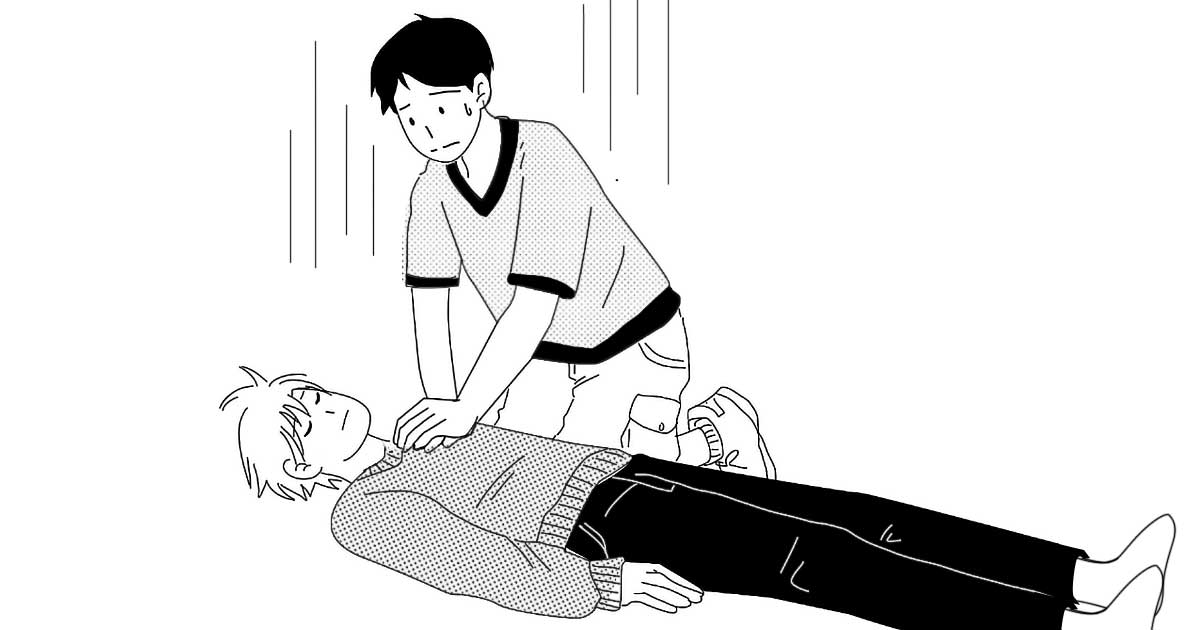Every second Saturday of September, the world observes World First Aid Day—a reminder that knowing basic life-saving skills can make the difference between tragedy and survival. In the Philippines, where typhoons, earthquakes, and everyday accidents happen often, being prepared is not optional but a duty we owe to ourselves, our families, and our communities.
Here are five essential first aid skills every Filipino should learn, and where you can train for them:
1. CPR and Rescue Breathing
Cardiopulmonary resuscitation (CPR) keeps oxygen flowing to the brain during cardiac arrest. In the Philippines, where emergency response times may be delayed, CPR is a critical bridge until help arrives.
📍 Where to learn:
- The Philippine Red Cross (PRC) offers certified courses like Standard First Aid and Basic Life Support (CPR with AED) nationwide.
- Some schools and universities also include CPR demonstrations in NSTP programs or safety orientations.
2. Wound Cleaning and Bandaging
From everyday cuts to injuries during typhoons or floods, proper wound care prevents infections. Cleaning with clean water, applying antiseptic if available, and bandaging correctly are simple yet life-saving.
📍 Where to learn:
Philippine Red Cross runs community and school-based first aid workshops.
Some barangay health centers occasionally organize health talks with local volunteers, though availability varies by location.
3. Managing Burns
Whether from the kitchen, factories, or fiesta mishaps, burns are common. Cooling with clean running water, avoiding harmful home remedies (like toothpaste or oil), and covering with a clean cloth can prevent complications.
📍 Where to learn:
- PRC burn-care modules are part of its Emergency First Aid training.
- Some local fire stations also hold public safety campaigns, especially during Fire Prevention Month in March.
4. Fracture and Sprain Care
Earthquakes, landslides, and road accidents frequently cause fractures. Immobilizing the limb with a splint or improvised support reduces further injury while waiting for help.
📍 Where to learn:
- PRC and local disaster risk reduction offices (DRRMO) offer training on splinting and trauma care.
- Many community disaster preparedness drills include basic fracture management as part of earthquake or evacuation exercises.
5. Heatstroke and Dehydration Management
With the Philippines’ hot and humid climate, heatstroke and dehydration are serious risks. Recognizing dizziness, confusion, and rapid pulse, then moving the person to a cool area and rehydrating, can be life-saving.
📍 Where to learn:
The Department of Health (DOH) regularly issues health advisories and sometimes holds local information sessions on heat-related illnesses.
Employers and schools may include this in occupational safety or wellness programs.
✅ Why it matters:
First aid training empowers ordinary people to act during emergencies, bridging the gap before professional medical help arrives. For Filipinos, especially in a disaster-prone nation, these skills can turn bystanders into first responders, protecting lives and strengthening community resilience.
📌 Where to start: You can explore official training programs at the Philippine Red Cross Training page
.

